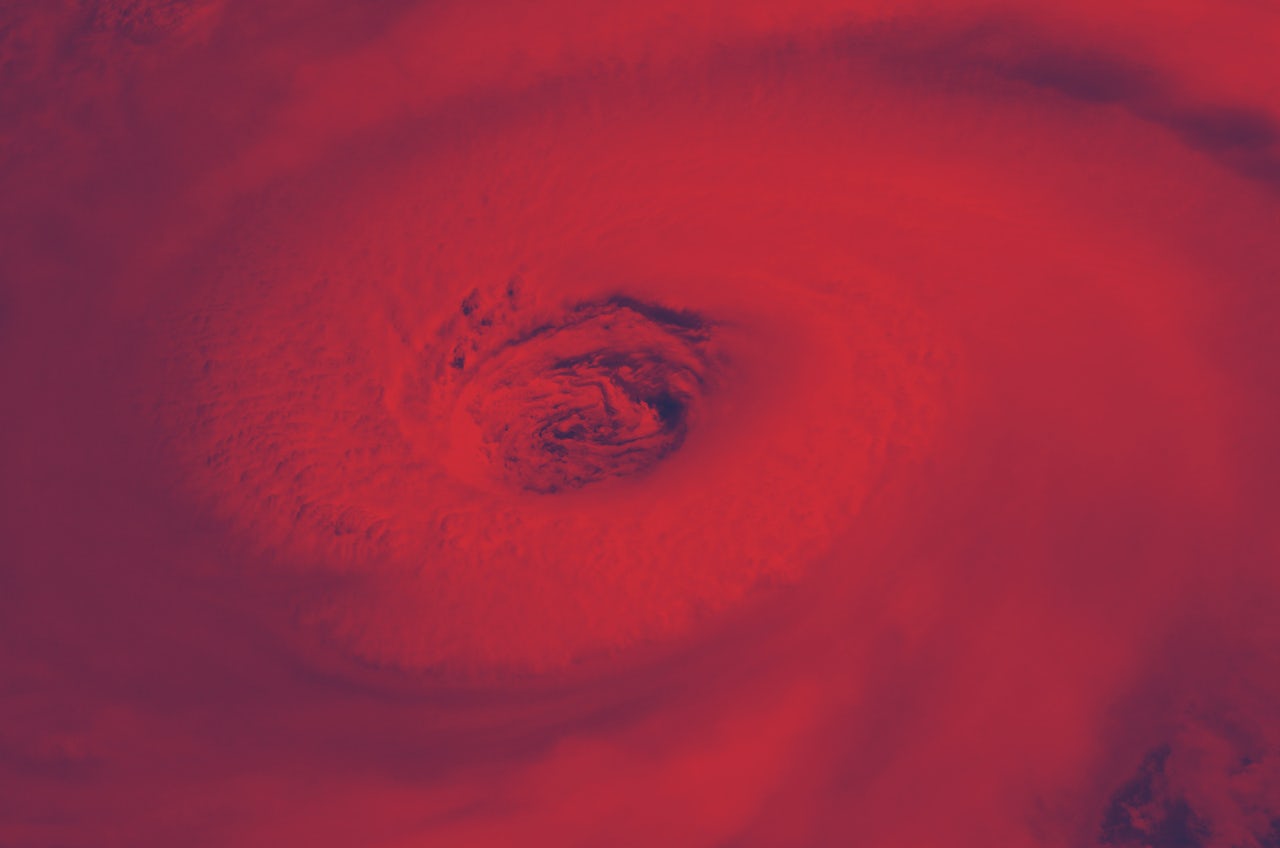Since climate change has been linked to more extreme weather events, predicting future weather is extremely important. Climate change means that extreme weather events, such as hurricanes Harvey and Maria, are more likely to clobber the world every year. However, using the climate to predict the weather remains tough because the two have historically been studied separately. Worse, we don’t have much information on how the relationship between weather and climate has changed over time.
To solve this problem, Ed Hawkins, a climate scientist at the University of Reading, started a project using Zooniverse, a platform for crowdsourcing citizen science online. “We can combine the historical data with modern weather forecast models to provide a much more detailed picture of the storms of the past,” Hawkins said. “The past is key to making projections for the future—we need to understand how the weather has already changed to better predict the future.”
Usually, meteorology focuses on weather in the short term, while climatology focuses on long-term trends in temperature, air patterns, and ocean circulation. It wasn’t until climate change was linked to an increased ferocity of extreme weather events that scientists were expected to predict short-term weather events multiple years, even decades, in the future.
In Zooniverse, users type in values from handwritten weather logs dating to the turn of the 20th century. The logs detail air temperature, air pressure, and rainfall in Europe between 1883 and 1904.
Hawkins said that places including NOAA, UC Berkeley, and the EU Copernicus program have already expressed interest in using the digital information to make more accurate predictions about the climate and weather. The Operation aims find a “baseline” for conditions in Europe. In climate science, the “pre-industrial baseline” refers to conditions on Earth before humans started emitting greenhouse gases and pollutants.
It may seem like non-scientists wouldn’t be qualified to handle this type of data, but that’s not necessarily true. According to an analysis of digitally crowdsourced citizen science about cyclones, when given instruction, random people performed better than a computer at sorting and classifying cyclone data.
The instructions given by the Zooniverse are easy to follow: It asked me to verify the cities on a handwritten weather log, and then type the corresponding weather data. I was convinced that some turn-of-the-century weatherman would have messy handwriting that would make me mistake a “3” for a “5,” but the writing was easy to understand, at least in my case. The task also gave me an inflated sense of self-importance not dissimilar from checking my Twitter notifications. But unlike Twitter, this task could actually help conduct life-saving science.
When Operation Weather Rescue first started September of 2016, the project focused on 1.5 million records in UK. Volunteers digitized those in just 10 weeks. Since November of 2017, 500,000 additional weather reports have been digitized from over 50 weather stations across Europe.
A study in Nature published last August found that a truly “pre-industrial” baseline would have been way before the late 19th century, which is when Operation Weather Rescue’s records began, but there’s still no consensus about when the baseline actually is. Still, the project is a step in the right direction.
In October, Hawkins and two colleagues from the University of Reading published a paper which agreed that a truly pre-industrial baseline would likely be between 1720 to 1800.
“Operation Weather Rescue was inspired by the desire to enable everyone to become involved in science, and climate science in particular,” Hawkins said. “We will soon make all the rescued data available to anyone who wants to use it.”


